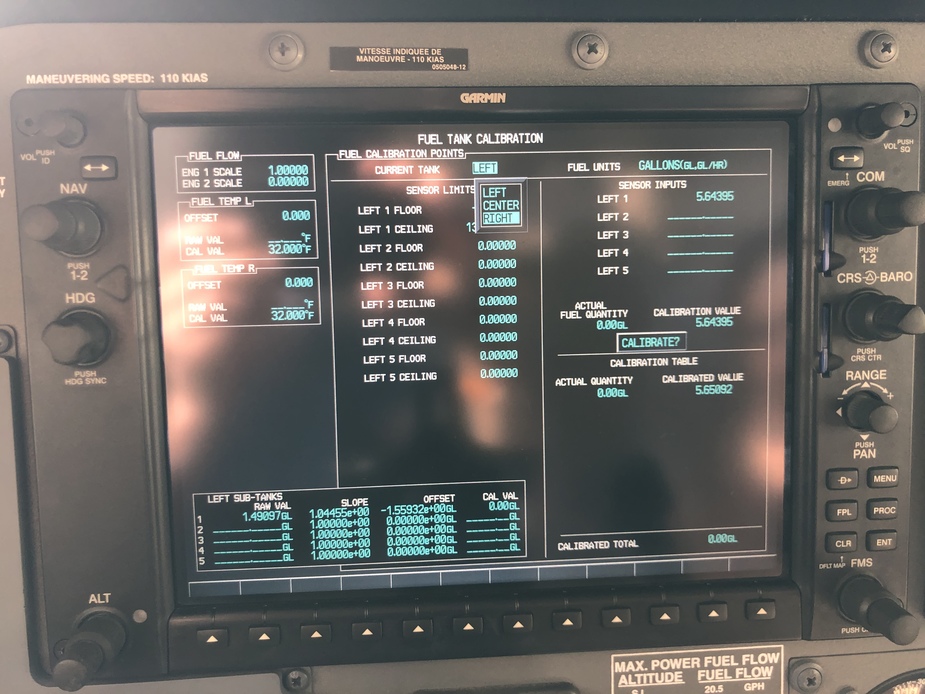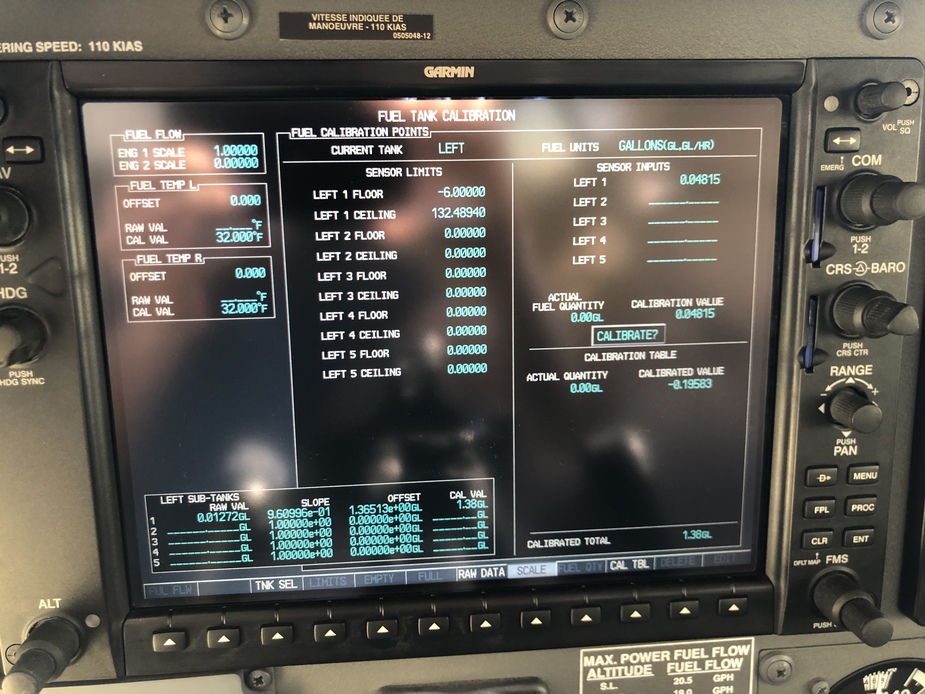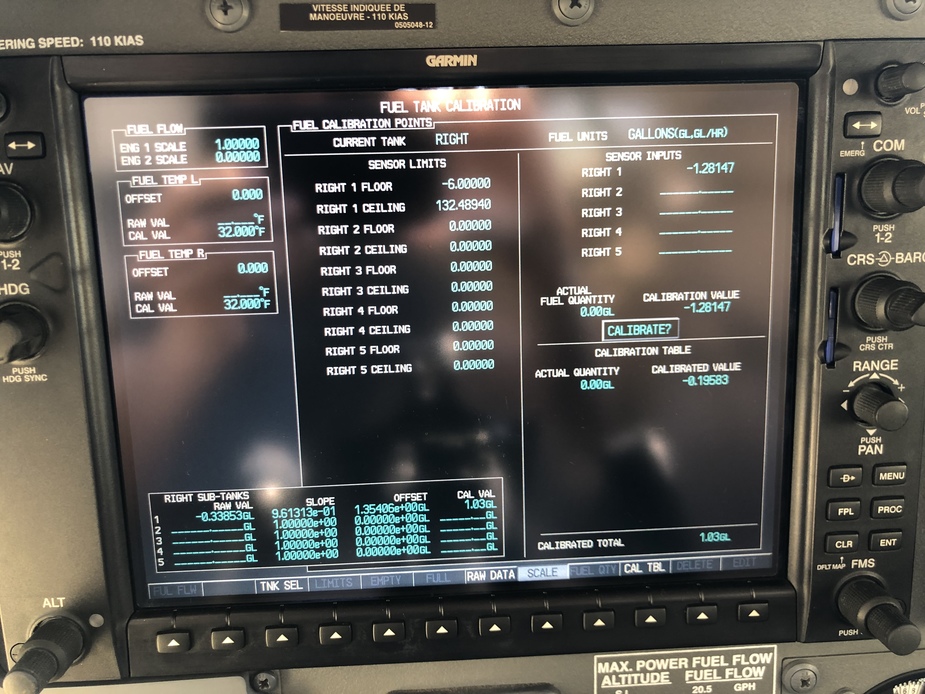Malibuflyer wrote:
additional level of redundancy
Yes, this is supposed to make you aware of any large leaks upstreamof the FF-meter developing in flight. OTOH, this almost drove an otherwise unnecessary and dangerous diversion for me on a transatlantic leg on the 210. Managed to maintain the cool with a lot of mental effort and continued to destination, but that is another story probably elsewhere herein. This also led me to troubleshoot and correct an otherwise quite innocuous fuel selector valve internal leak.
If you have a fuel pressure indication from the flow divider in your mechanical fuel injected lycosaurus then you have a third redundancy too, as that is also quite a direct measure of FF. This once led me to RTB on a post-maintenance checkflight. I diagnosed a fuel injection system leak in flight shortly after take-off (high FF-meter but low divider pressure) and decided not to venture outside the circuit while I had a better look. Eventually was back on the ground shortly thereafter to find a leaking fuel injector fitting that could have caused a bigger problem.
Great report. Can fully support the conclusion on the value of CIES senders.
Just two additions from own experience:
- If the plane is on wheels and not on stands, one has to keep in mind that attitude might change easily by 1-2° when somebody crawls into the cockpit. Therefore make sure when to measure the 2° pitch up attitude. (Would have saved my at least one try to calibrate)
- Calculating the fuel volume from fuel level in a tank that is large but flat is mathematically simple, but physically still difficult/error prone. Depending on the geometry of the tank/wing there are often some fuel volumes that only make a very small difference in fuel level at the location of the sender. Therefore not only my but many other CIES installations I know have some quantities where the fuel amount is still 1-2l off even though the sender works perfectly fine. They can’t do magic.
Therefore my conclusion is: Esp. if frequently flying towards max range I would not say that CIES senders can replace a (flow based) fuel computer – but it is a great additional level of redundancy (and with many years of experience with the traditional fuel gauges it is really surprising that such devices can actually show the same values as the fuel computer ;-)
Nice – thanks for the report 
Very informative post.
I’ve always baulked at the price of this upgrade and have just refitted with after market Mccauley like for like replacements.
The value of legacy G1000 is underestimated.
They are an excellent upgradable platform 
Thanks. I understand that the upgrade in the Cirrus is a lot more expensive than that. 1) because there is more labour and hardware involved and 2) the upgrade also means getting a new (digital) fuel gauge.
Any owners of early Cirrus aircraft here which have already done it?
This is 1st calibration, just after hitting the « CALIBRATE ? » button. You see that:
- a new value is taken into account in the Calibration Table. And that the « Calibrated Total » is now 0.00.
The problem is that the aircraft was leveled (not 2 degrees up !) and the sensor input at the time was 5.64 (too high reading in that attitude). This lead to high offset of « -1.55 ».
My guess is that sensor input reads « raw liters » and then the offset is converted into USG.

Just to get your eyes trained.
Below are screenshot for L and R tanks with:
- new senders installed
- old calibration law (factory)
- before adding the unusable fuel
In that situation, the gauges (« Calibrated Total », bottom right corner) should read negative value. What you want is to read 0.00 USG after:
- adding 2.5 USG on each side
- putting the aircraft wings leveled and 2 degrees up


The installation was performed during the annual.
The roof lining had to be opened for inspection anyway, so replacing the senders took little time. Then electricity, not terrible as the electric panel is well done by Cessna, easily removed, and we found a free seat for the breaker. The first calibration was billed 4h of man power. The second was only supervised as i did the work, so 1h. Small components (connectors, breaker, wire) was under 50€.
So. 1000$ for the senders plus VAT and customs (didn’t find a way yet to have aircraft components exempted for customs). Around 10h MP @ 60€ + VAT. And miscellaneous parts. We were under 2k€ all included. I had planned 2.5k€, but it turned to be easier than expected.
I do have a fuel totalizer which is very accurate. All the more accurate you know how to fill completely your tanks: it’s easy to let 5USG of air while you think they are full, and tell the totalizer you have 87 gallons on board.
I rent my aircraft to a small number of pilot, and some complained about the fuel gauge. That was a further motivation to perform the upgrade. One of my customer even participated. Not only it alleviated the cost for me, it also proved how good it can be not to be alone when taking care of an aircraft :-)
PS: i didn’t know Cirrus used capacitive senders. As for Cessna, I don’t know if newer equipped with capacitive and CAN BUS can go with CIES. We would need to ask Scott Philiben.
Well done and nicely documented.
What was the overall spend on this „project“?
Not only the newer Cessnas suffer from degradation of these capacitative fuel senders, the older Cirrus aircraft do too.
Usually, the tolerance of owners with these inaccurate fuel gauges is a little higher when additionally they have a fuel totalizer. Does your aircraft not have a fuel totalizer? Don‘t all G1000 aircraft have a fuel totalizer?
Anyway, well done and CIES will likely be the way to go for myself as well at some point.